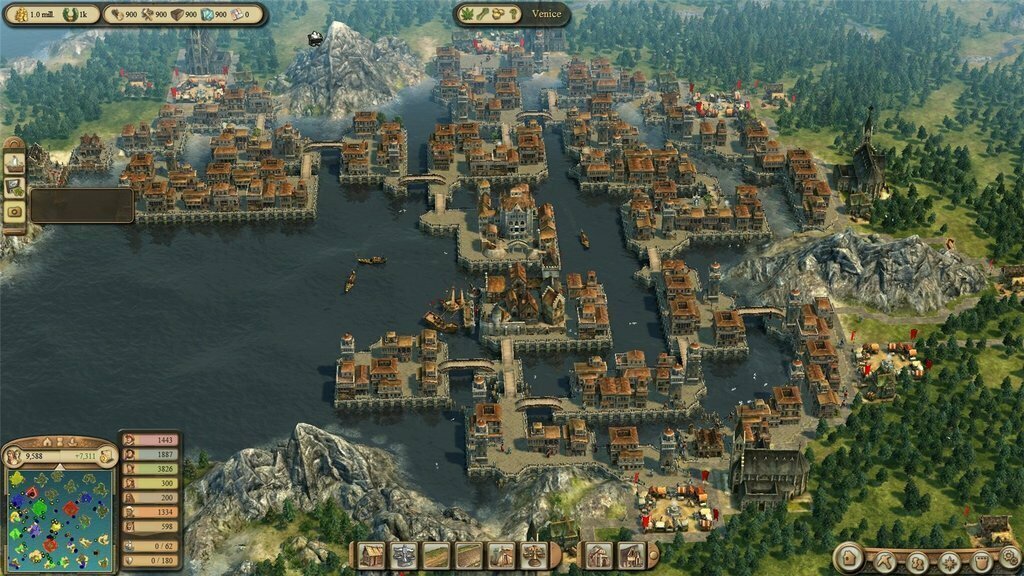

As ships became larger, carrying capacity for larger timber volumes also increased. Gradually however, from around the mid-14th century CE onwards, wood and timber in Northern Europe was traded from regions with more abundant forests to regions where these materials were in high demand and no longer locally available (e.g. But in northern Europe after the fall of the Roman Empire the transport of this bulk commodity ceased, and for almost a millennium, long distant movement of timber as a raw material is the exception. Even in the Roman period evidence of long-distance timber transport has been demonstrated (e.g. Exploitation of this resource in times of economic growth impacted the availability of bulk timber in some regions.

Timber has been an essential building material throughout the human past. Furthermore, a small number of Sr isotopic analyses were performed to contribute to the base-line along the Göta-river in Southern-Sweden. For Danish timbers dendroprovenancing proved better than Sr isotopic analysis.

In this paper we suggest that Danish ports in the provinces of Halland and Skåne played a major role in the timber trade between the Danish and Swedish parts of the Danish kingdom. By adding the Sr isotopic analysis, a far more detailed interpretation of the origin of these timbers can be presented for non-Danish timbers.

The dendrochronology suggested that some timbers analysed were imported from the Swedish side of Øresund/Kattegat while others were local, and others again might be from south Norway. Therefore, we have applied Sr isotopic on timbers from three buildings in Jutland, Denmark, mostly dating from the late 16 th and early 17 th centuries CE to improve and refine the provenance identification. However, reference datasets to determine the origin can include timber of non-local origin. Dendrochronology (tree-ring analysis) allows us to precisely date and identify the origin of timber from historic contexts.


 0 kommentar(er)
0 kommentar(er)
